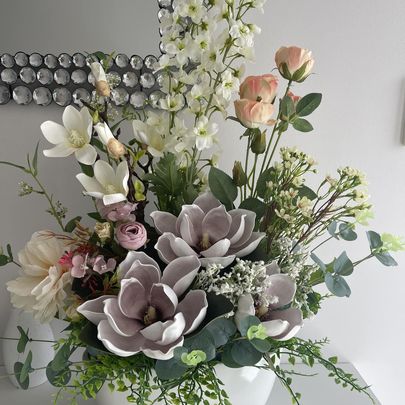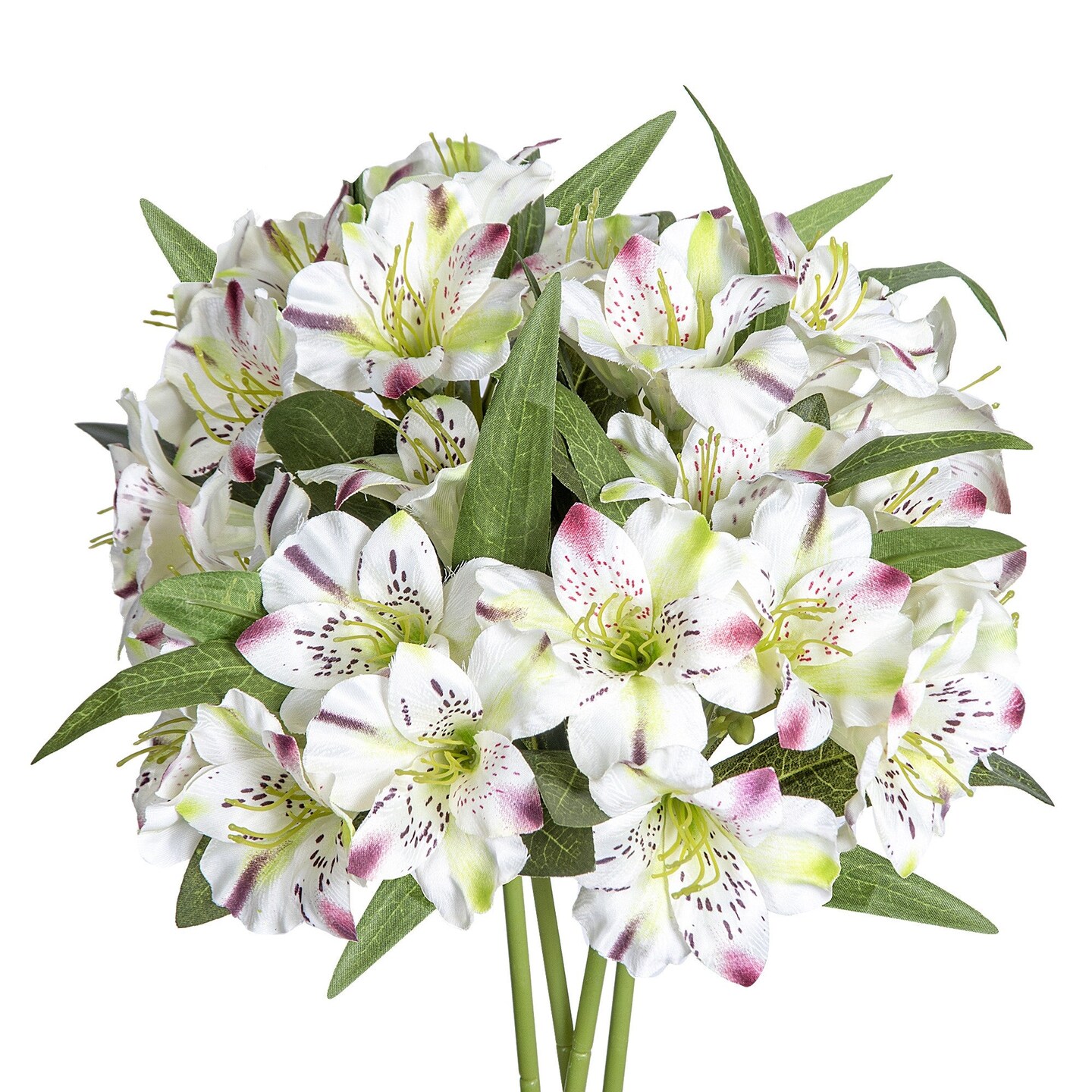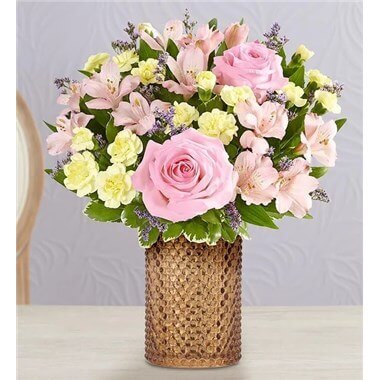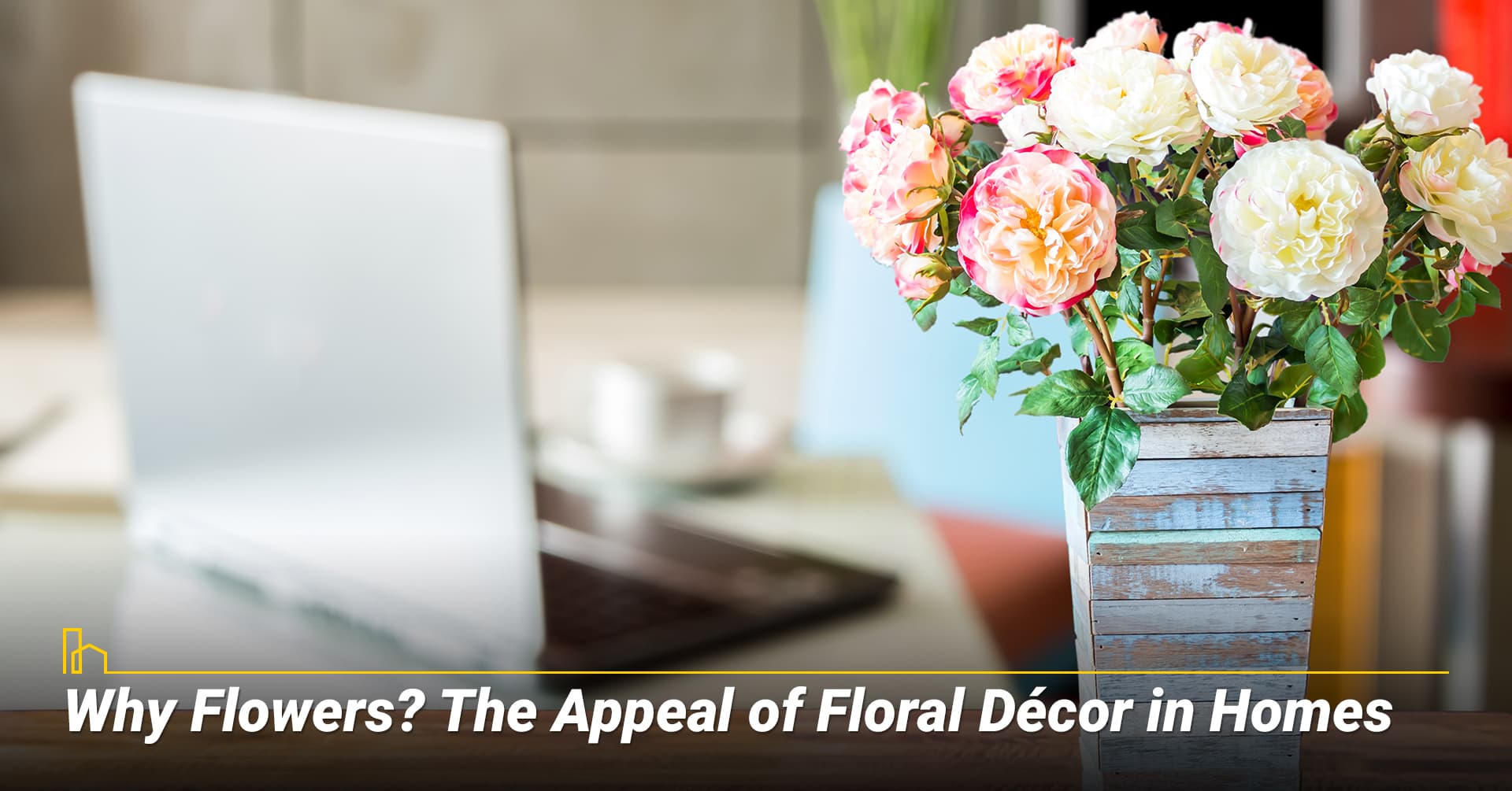The Bloom/">Timeless-bloom/">Artificial-flowers-a-timeless-bloom/">Appeal-of-artificial-flowers-a-timeless-bloom/">Enduring Appeal of Artificial Flowers: A Timeless Bloom

Artificial flowers, those meticulously crafted imitations of nature’s beauty, have a longer and more complex history than many realize. Far from being a modern invention, their roots stretch back centuries, evolving from crude imitations to incredibly realistic and sophisticated creations. Today, they continue to hold a significant place in décor, events, and even fashion, offering a blend of practicality, longevity, and aesthetic appeal.
A History Rooted in Practicality and Luxury:
The earliest forms of artificial flowers can be traced back to ancient civilizations. The Egyptians, Romans, and Chinese all crafted floral imitations using a variety of materials. The Egyptians, for example, used dyed linen and parchment to create floral garlands for religious ceremonies and funerary rites. The Romans, known for their opulence, utilized wax and precious metals to adorn their homes and temples. In China, silk flowers were meticulously crafted, symbolizing prosperity and long life, often used in theatrical performances and courtly decorations.
However, the real surge in popularity for artificial flowers began in the 16th and 17th centuries, particularly in Europe. During this era, the demand for fresh flowers far outstripped the supply, especially during the colder months. The high cost of importing exotic blooms from warmer climates made them inaccessible to all but the wealthiest members of society. This created a niche for artificial flowers, offering a more affordable and readily available alternative.
French artisans, particularly in Lyon, quickly established themselves as masters of the craft. They utilized silk, velvet, and other luxurious fabrics, meticulously shaping and dyeing them to mimic the vibrant colors and delicate textures of real flowers. These early artificial flowers were considered a luxury item, gracing the homes of the aristocracy and adorning fashionable clothing.
The industry continued to flourish throughout the 18th and 19th centuries. New materials, such as porcelain, paper, and feathers, were incorporated into the designs, allowing for greater realism and variety. The invention of the steam-powered loom and other textile machinery further streamlined the production process, making artificial flowers more accessible to a wider market.
The Victorian era witnessed a particular fascination with flowers, both real and artificial. Flowers were imbued with symbolic meaning, and their use in decoration and fashion became increasingly elaborate. Artificial flowers were used extensively in millinery, adorning hats, bonnets, and even entire dresses. They were also incorporated into floral arrangements for the home, often combined with preserved foliage and other decorative elements.
The Modern Renaissance of Artificial Flowers:
The 20th century saw a decline in the popularity of artificial flowers, largely due to the rise of mass production and the availability of cheaper, often less realistic, imitations. However, in recent years, artificial flowers have experienced a significant resurgence, driven by advances in materials and manufacturing techniques.
Modern artificial flowers are a far cry from the flimsy, plastic creations of the past. High-quality silk, polyester, and even latex are used to create blooms that are remarkably realistic in both appearance and feel. Sophisticated dyeing processes ensure vibrant and long-lasting colors, while meticulous attention to detail captures the intricate textures and subtle nuances of real flowers.

This renewed interest in artificial flowers is also fueled by a growing awareness of their practical benefits. Unlike fresh flowers, artificial flowers require no watering, pruning, or special care. They are hypoallergenic, making them a suitable option for individuals with allergies or sensitivities. They are also highly durable, able to withstand the rigors of transportation and handling without wilting or fading.
Applications Across Various Domains:
The versatility of artificial flowers makes them suitable for a wide range of applications:

Home Décor: Artificial flowers are used to add a touch of color and elegance to any room. They can be arranged in vases, incorporated into wreaths, or used to create stunning centerpieces. Their ability to withstand the elements makes them ideal for outdoor use, adding beauty to patios, balconies, and gardens.
Event Planning: Artificial flowers are a popular choice for weddings, parties, and other special events. They offer a cost-effective and convenient alternative to fresh flowers, allowing event planners to create elaborate floral displays without worrying about wilting or seasonal availability.
Commercial Spaces: Businesses use artificial flowers to create welcoming and aesthetically pleasing environments for their customers. They are particularly useful in areas where fresh flowers would be difficult to maintain, such as offices, restaurants, and hotels.
Fashion and Accessories: Artificial flowers continue to be used in millinery and fashion design. They add a touch of whimsy and elegance to hats, clothing, and accessories, allowing designers to create unique and eye-catching pieces.
Photography and Film: Artificial flowers are invaluable tools for photographers and filmmakers. They provide a reliable and consistent source of floral beauty, regardless of the season or location. They can be used to create stunning backdrops, props, and set decorations.

The Future of Artificial Flowers:
The future of artificial flowers looks bright, with ongoing innovations in materials and manufacturing techniques promising even greater realism and sustainability. Researchers are exploring the use of recycled materials and biodegradable polymers to create eco-friendly artificial flowers that minimize their environmental impact. Advancements in 3D printing technology may also revolutionize the industry, allowing for the creation of highly customized and intricate floral designs.
As consumers become increasingly aware of the benefits of artificial flowers, their popularity is likely to continue to grow. They offer a practical, sustainable, and aesthetically pleasing way to bring the beauty of nature into our lives, without the limitations of seasonality or the environmental impact of fresh-cut blooms.
Frequently Asked Questions (FAQ):
Q: Are artificial flowers environmentally friendly?
A: The environmental impact of artificial flowers is a complex issue. While they eliminate the need for water, pesticides, and transportation associated with fresh flowers, their production can involve the use of synthetic materials and energy-intensive processes. However, the longevity of artificial flowers can offset these impacts over time, as they do not need to be replaced as frequently as fresh flowers. Choosing artificial flowers made from recycled materials or biodegradable polymers can further reduce their environmental footprint.
Q: How do I clean artificial flowers?
A: Cleaning artificial flowers is relatively simple. For light dust, you can use a soft brush or a hairdryer on a cool setting to gently remove debris. For more stubborn dirt, you can wipe the flowers with a damp cloth or use a specialized artificial flower cleaner. Avoid using harsh chemicals or abrasive cleaners, as these can damage the delicate materials.
Q: How can I make my artificial flowers look more realistic?
A: There are several ways to enhance the realism of artificial flowers. Start by choosing high-quality flowers made from realistic materials such as silk or latex. Pay attention to the details, such as the texture of the petals and the color variations. When arranging the flowers, try to mimic the natural growth patterns of real flowers. Add some greenery and filler flowers to create a more natural and balanced arrangement.
Q: What are the best materials for artificial flowers?
A: The best materials for artificial flowers depend on the desired look and feel. Silk and latex are known for their realistic appearance and texture. Polyester is a durable and affordable option. Paper and fabric flowers can be used to create unique and whimsical designs.
Q: Where can I buy high-quality artificial flowers?
A: High-quality artificial flowers can be found at a variety of retailers, including specialty floral shops, home décor stores, and online marketplaces. Look for reputable brands that are known for their attention to detail and use of quality materials. Reading customer reviews can also help you identify reliable sources.
Conclusion:
Artificial flowers have come a long way from their humble beginnings. Today, they represent a sophisticated blend of artistry, technology, and practicality. Their enduring appeal lies in their ability to capture the beauty of nature without the limitations of seasonality or the demands of maintenance. Whether used to enhance home décor, create stunning event displays, or add a touch of elegance to fashion, artificial flowers offer a timeless and versatile way to bring beauty and joy into our lives. As technology continues to advance and new materials are developed, the future of artificial flowers promises even greater realism, sustainability, and creative possibilities. They are not just imitations, but enduring expressions of beauty that continue to bloom throughout the ages.

